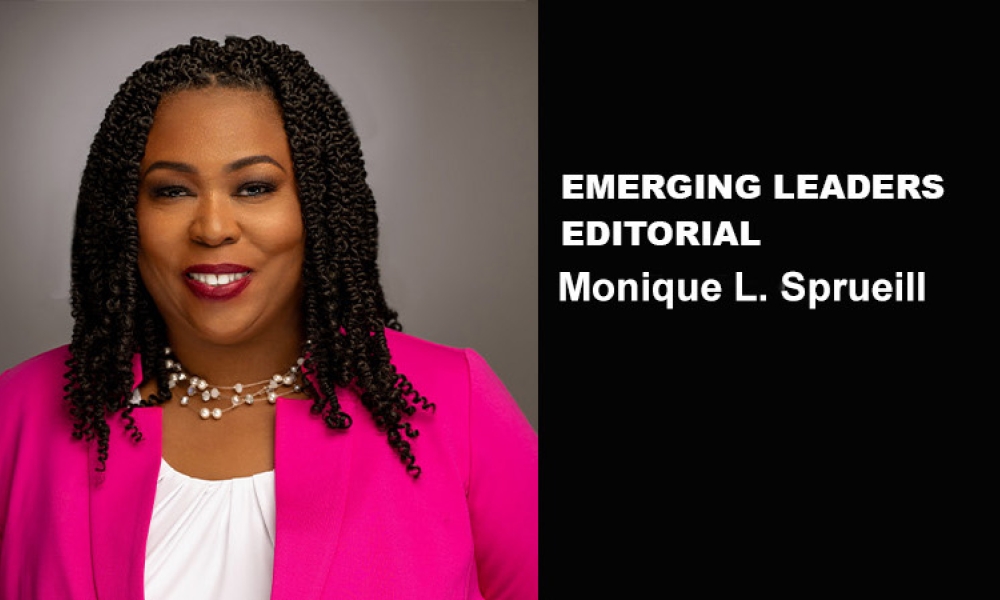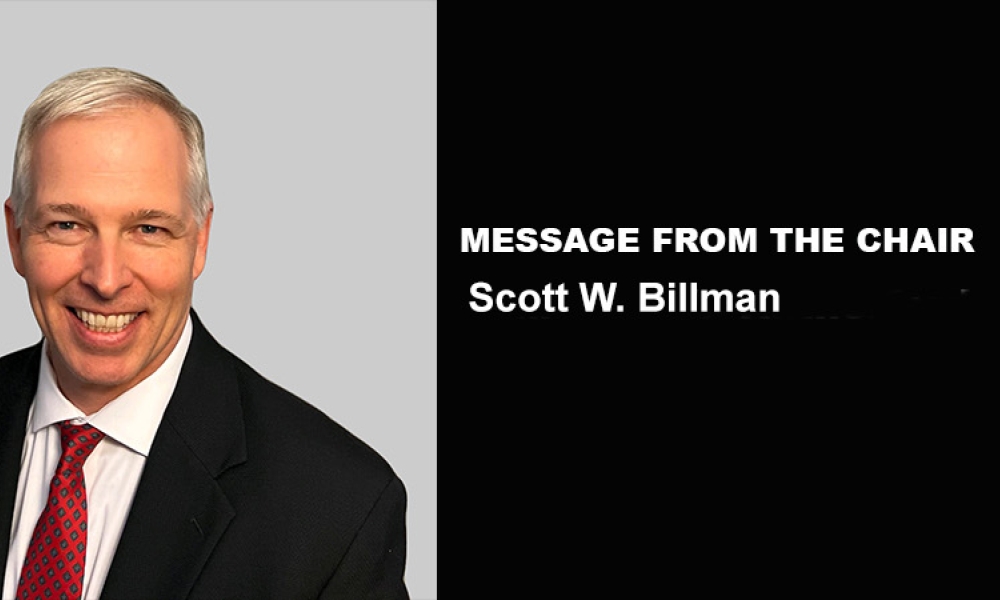The Medium and the Message
Marisol Hydock is currently a Process Specialist at bluebird bio’s vector manufacturing facility. Her primary role at the Durham facility start-up has been single-use process...



